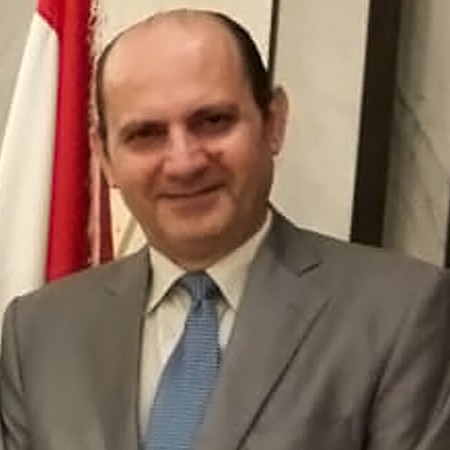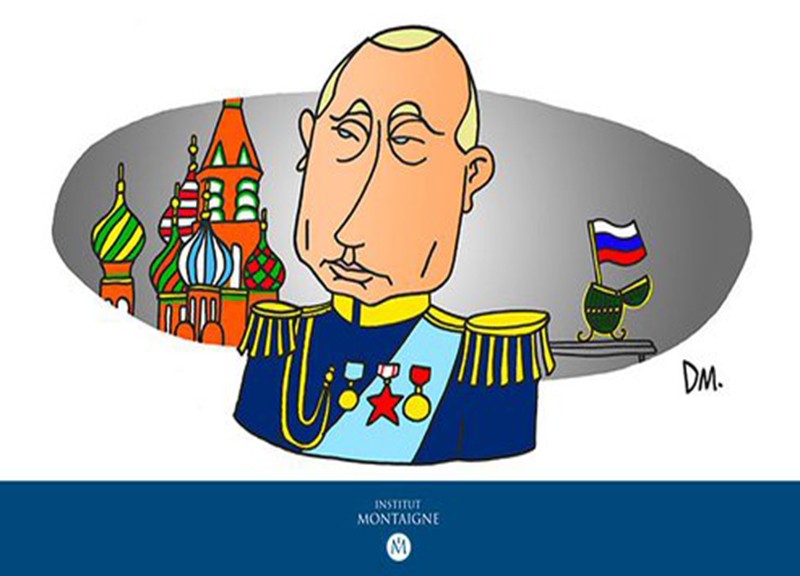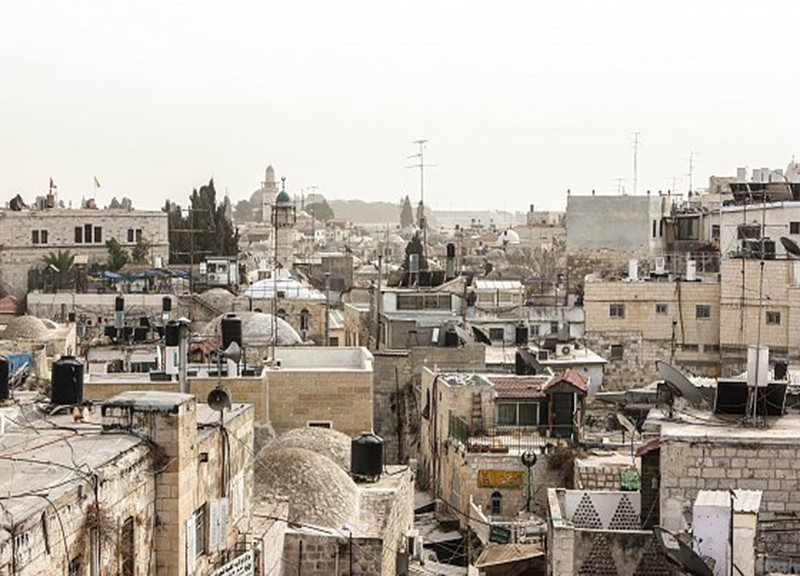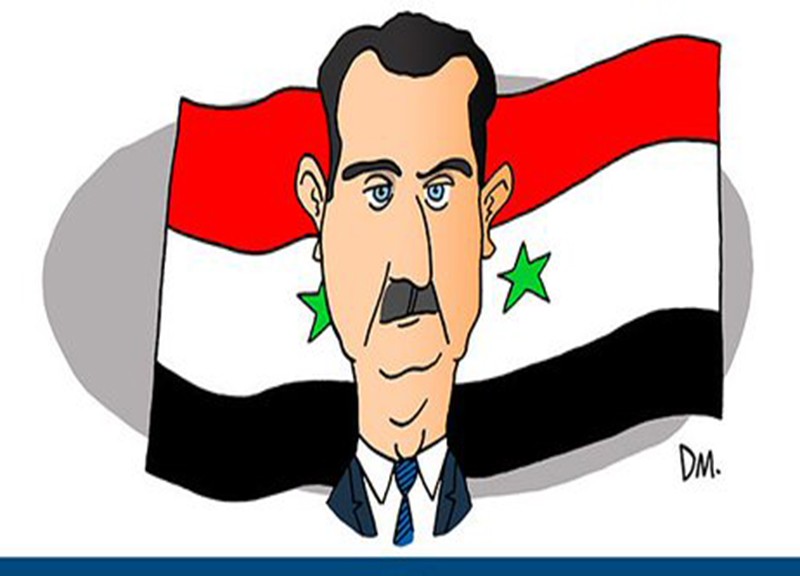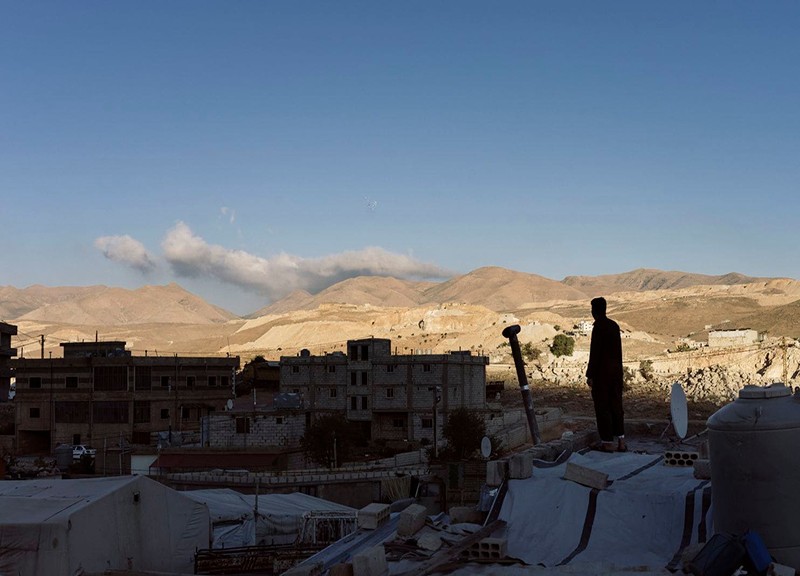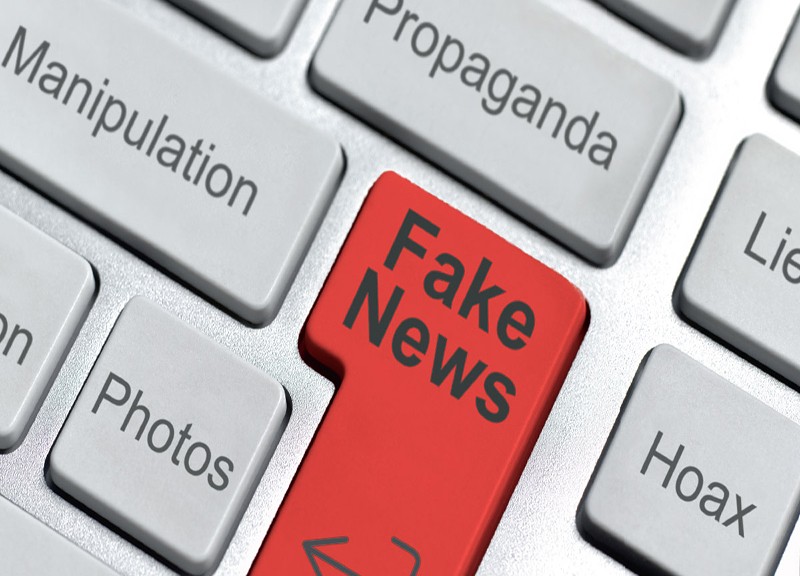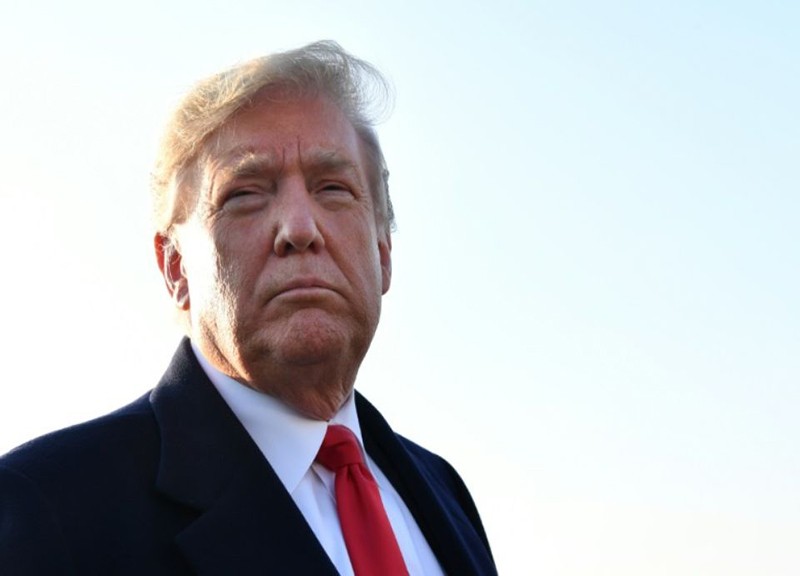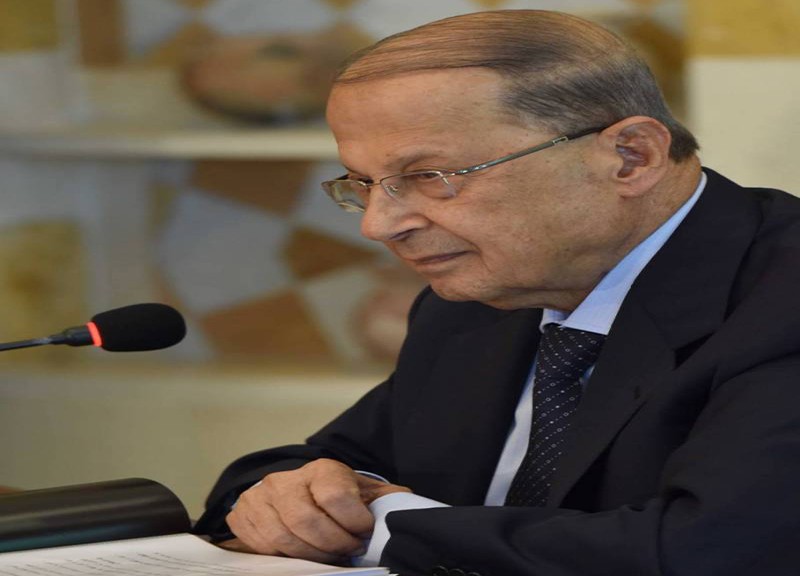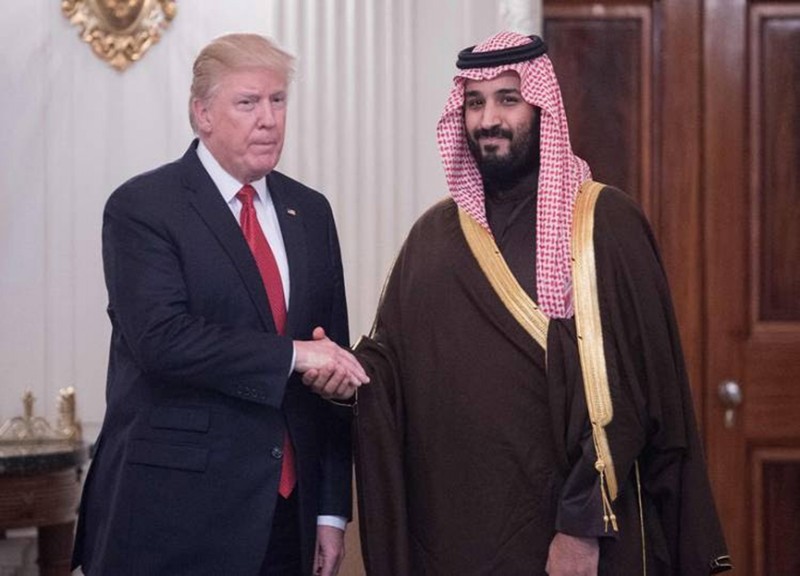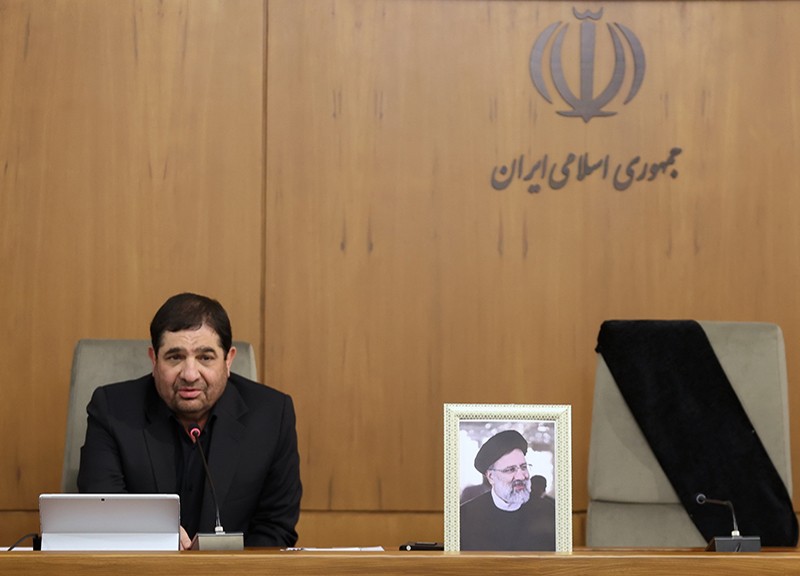
When the supreme leader dies, instability is likely. The U.S. should prepare to take advantage of it.
By Shay Khatiri. WSJ
The sudden death of Iran’s President Ebrahim Raisi will have little immediate effect on the regime. A former president once described his job as “the system’s logistics officer.” The next president, like previous ones, will enforce the policies dictated by Supreme Leader Ali Khamenei and by the Islamic Revolutionary Guard Corps. But Mr. Raisi’s death at 63 isn’t trivial. He was one of the two candidates often cited to succeed Mr. Khamenei and his absence will affect the succession when the supreme leader, who is 85, dies.
The Islamic Republic’s founder and first supreme leader, Ayatollah Ruhollah Khomeini, thought he had arranged for a smooth succession. Hossein-Ali Montazeri was Khomeini’s loyal student in the Qom seminary and had played a major role in elevating his teacher to become the head of the school. When Khomeini was sent to exile, Montazeri became his “plenipotentiary representative” in Iran. After the revolution, Khomeini announced Montazeri as his deputy and successor.
In the late 1980s, however, Montazeri became disillusioned with the regime’s tyranny. Eventually, he fell out of favor for dissent, and Khomeini stripped him of his positions and put him under house arrest. A year later, in 1989, Khomeini died without an heir apparent. Different power brokers gathered to form a search committee for the next supreme leader. Mr. Khamenei, at the time the president, became interim supreme leader. The search committee then settled on him to assume the position permanently. They viewed him as a buffoon and a weakling, easily manipulated.
What followed will be a cautionary tale for picking Mr. Khamenei’s successor. Mr. Khamenei drew a charismatic image of himself. He eliminated his rivals, exercised absolute rule and became the most powerful man in Iran. Learning from this experience, opposing factions will find it difficult to compromise on a candidate when the position again becomes vacant.
There are three major power brokers in Iran: the IRGC, the clergy and the people. The IRGC is the wealthiest. The clergy has ideological legitimacy among the 10% to 20% of Iranians who support the regime and are religious. However imperialist the Islamic Republic might be, it is foremost a theocracy. The people are the largest faction but have no power within the system. They do, however, have a fearsome capacity to disrupt domestic order and perhaps even topple the regime.
None of the three sides will agree to a compromise when Mr. Khamenei departs the scene. Until this week, the IRGC favored Raisi to be elevated to supreme leader. The powerful Qom seminary favors Mr. Khamenei’s son Mojtaba. The people want to do away with the entire system.
Raisi had significant advantages over his main rival. One revolutionary grievance against the shah’s monarchy was its hereditary character, which Mr. Khamenei as a young revolutionary condemned. This will count against his son’s claim. Before becoming president, Raisi was a product of the judicial system, which is in charge of investigating and prosecuting crimes as well as trying them. Raisi served a term as the nation’s prosecutor-general. He gathered enough dirt on other political players to be able to get what he wanted through blackmail—and would have been able to convince the regime’s apparatus to elevate him. We should be mindful of this in considering whether a conspiracy caused his demise.
With his death, the IRGC has lost its darling. It will now move to find someone new to elevate. It is hard to believe that the corps would simply assent to a suboptimal candidate who is likely to rule for decades. As Mr. Khamenei evaluates candidates to succeed Raisi as president, the IRGC is doing the same to find the next supreme leader. We should expect to meet an IRGC-affiliated cleric soon who will condemn the “immorality” of Iranian youth and the imperialism of the U.S. and Israel.
The likeliest outcome following Mr. Khamenei’s death is a council of leaders—three men leading the regime so none can become a cult figure, and all three factions will get a candidate that will appeal to them. But the Iranian people wouldn’t accept such a council. Even the more reform-minded clerics would be unacceptable to a youthful and liberal population, only a minority of whom identifies as Shiite Muslims according to surveys. Mr. Khamenei’s death or resignation would spark protests inside Iran, and a new supreme
leader or a council wouldn’t end those protests. That would take regime change or a crackdown.
The U.S. should take advantage of such unrest. After the 2015 nuclear deal failed to modify the regime’s behavior, even most Democrats abandoned hope that the regime will reform itself. Everyone needs to take this analysis to its logical conclusion to accept that indigenous regime change, supported by the U.S., is the only solution to the Iran problem. Mr. Khamenei is the glue that holds the regime together. His death would create a vacuum to exploit.
If the Islamic Republic survives, a supreme leadership council would be a positive development for U.S. interests. Such a council would end the charismatic leadership that has been crucial in rallying conservative youth to fight for the regime’s survival. It would expose the regime to internal divisions, a house divided against itself.
When Mr. Khamenei dies, the U.S. should be prepared to support the protest movement. The absence of a supreme leader and internal regime divisions will make a crackdown more difficult. The longer protests go on, and the more intense they are, the harder it will be for the regime to deliberate and settle on a single candidate while struggling to enforce domestic order. The U.S. should use covert methods, too, to prolong the succession process. If America misses this opportunity to prevent the triumph of another unitary supreme leader, it might have to wait for decades.
Mr. Khatiri is a vice president and senior fellow of the Yorktown Institute.




